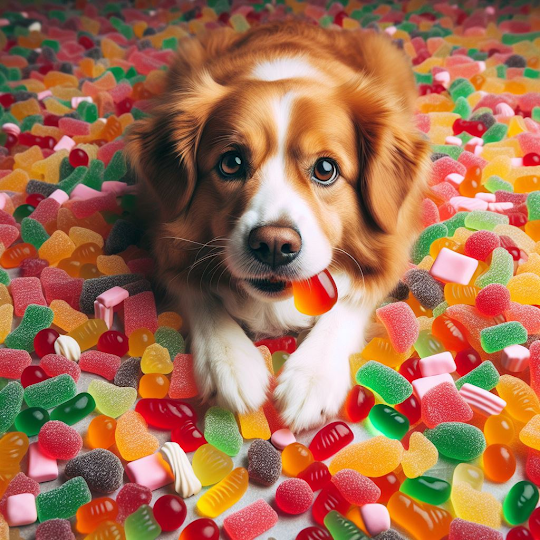In my view, it's not possible to gather accurate information about the personalities of different cat breeds by surveying their caregivers. This is due to the subjective nature of owners, who, in my honest opinion, may not possess the objectivity necessary to make a personality assessment meaningful. Moreover, personality assessment itself is inherently imprecise, especially when applied to domestic cats.
 |
| Scottish Fold owner filling out questionnaire on the personality of their cat. Image: MikeB |
There are two imprecise processes at play: an evaluation by an owner who is biased due to their strong attachment to their cat, and the ambiguous task of assessing personalities, which tends to yield unreliable information. This is the case with the Burns Pet Nutrition survey, as reported by the Daily Mail online.
They say that the Burns Pet Nutrition survey has revealed that the Scottish Fold has been named as the top cat by the British. The survey participants said that they were most intelligent cat breed (75%) and the most affectionate (67%).
Taylor Swift and other celebs have promoted this cat. That too has had an influence on responses to the questionnaire.
Of course, at this stage I've got to mention the fact that the Scottish shouldn't be a cat breed at all because it is inherently unhealthy due to the genetic mutation which it carries causing the cartilage of the cat to be malformed which results in the flat ears and potentially defective cartilage throughout the body.
Breeders of the Scottish have to be incredibly careful and they can't breed Scottish Fold with Scottish Fold because if they do the result in offspring are unviable.
This is why there are many "Scottish Straights". These are Scottish Fold cats without the folded ears because half the cats that the breeders produce don't have folded ears because of the above-mentioned breeding requirements. I don't think enough people realise this.
And I don't think enough Scottish Fold owners realise that this is a very contentious cat breed which in Germany would be banned because of their torture breeding laws.
Anyway, to return to this survey. "A whopping 92% of cat owners found them [the Scottish Fold] the easiest to train compared to other breeds."
I find this last point extraordinary. How many people train their cats in the first place? Very few. I think what this means is that Scottish Fold owners found that their cat companion picked up routines and habits through informal training which happens in every cat owning home. I think this is a very subjective finding.
The survey also found that over half of British cat owners rated Ragdolls as the most affectionate ahead of Maine Coons at 46%. And in terms of personality more than 50% of Brits said that Ragdolls had the biggest personalities 46% choosing Maine Coons and 41% preferring Bengals.
There were over 2000 participants who also said that the calico cat is easiest to train with 80% of owners reporting that they responded best to instructions. The calico cat is a tortoiseshell-and-white cat and nearly always female. Once again I think this is a subjective assessment which should not be taken seriously.
Apologies for the negativity, but I am aiming for realism. If you consult scientists conducting thorough surveys on feline behaviour using questionnaires, they will agree that the results are often dubious. It seems to depend on how the questionnaire is drafted and if it allows for crosschecking and weeding out inaccurate responses. There might be some merit to that, but generally, questionnaire surveys of cat owners, such as this one, ought to be regarded with skepticism.
-----------
P.S. please forgive the occasional typo. These articles are written at breakneck speed using Dragon Dictate. I have to prepare them in around 20 mins.




















